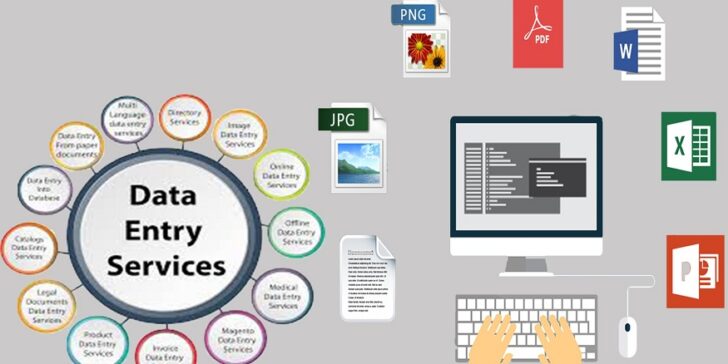
Have you ever wondered how your phone can recognise your face or how self-driving cars find their way around? The answer lies in computer vision, a branch of artificial intelligence that lets machines interpret and understand visual data from the world around us. But for machines to “see” and accurately analyse images, they need a lot of training data in labelled images. In this blog post, we’ll discuss why image annotation is important for computer vision and how it affects our everyday lives.
What is Image Annotation?
Before diving into the importance of image annotation, let’s first define it. Image annotation helps machines comprehend and analyse visual data by adding information. This information may be used for object recognition, picture segmentation, and classification. It helps machines understand the visual world around us and makes decisions based on that understanding.
Importance of Image Annotation
Image annotation serves multiple purposes for computer vision development. Here are 7 importance of image annotation for computer vision
1. Training data
The most important reason is that annotated images provide training data for computer vision algorithms based on machine learning. By labeling objects, attributes and boundaries in images, you provide labeled data that vision models require to learn how to identify and classify visual elements. Annotating a large, diverse dataset of images allows vision models to learn the variety of shapes, colors, textures, contexts and other visual cues. All of these can be easily done using image annotation services. The more accurately your models are annotated, the more effectively vision models can learn from that data.
2. Boosts accuracy and reliability
Annotations help improve the accuracy and reliability of computer vision systems. As you annotate more images, the machine learning model can access a broader dataset with more examples of the objects and contexts. This expanded and varied data helps the models generalize better and become more accurate over time. Continually improving accuracy relies on steadily expanding the annotated training dataset.
3. Allows objects to be detected
Annotations allow computer vision systems to detect and locate specific objects within an image. When a vision model is trained on many different examples of something, it gets better at recognizing new examples it has never seen directly. To do this well, the model needs to see many variations in the annotation examples it trained on.
4. Enables image classification
The ability to categorize images into different classes relies heavily on annotated examples for training. Annotations provide class labels that algorithms use as “supervision” to learn how to distinguish between image classes independently. Image collections without annotations are limited in their applicability and usefulness.
5. Facilitates semantic segmentation
Semantic segmentation, where each pixel in an image is classified, also depends on annotated examples for training. Annotations in the form of pixel-wise masks indicate which pixels correspond to which objects, teaching algorithms how to segment objects at a pixel level. It transforms raw pixels into a structured form that computer programs can process and understand. The semantic segment conveyed by annotations connects vision and language.
6. Supports object tracking
Object tracking over multiple frames or video sequences is a complex task that requires algorithms to be trained using annotated examples. Annotations indicate what objects to track and where they are located in initial frames, enabling algorithms to track them in subsequent frames. This is where data entry services come into play. It provides annotated examples by manually labeling objects in frames or videos and by providing accurate and consistent annotations.
7. Enhances performance over time
As computer vision systems are exposed to more annotated examples collected over time, their performance tends to improve. This “experience” from abundant annotations helps algorithms generalize and scale to handle more complex images.
Conclusion
Overall, robust and effective computer vision algorithms rely heavily on accurately annotated images to learn visual concepts from, improve upon over time, and evaluate their performance. The annotations bridge the gap between vision and language, transforming raw pixels into structured data that vision models can process and use productively.
